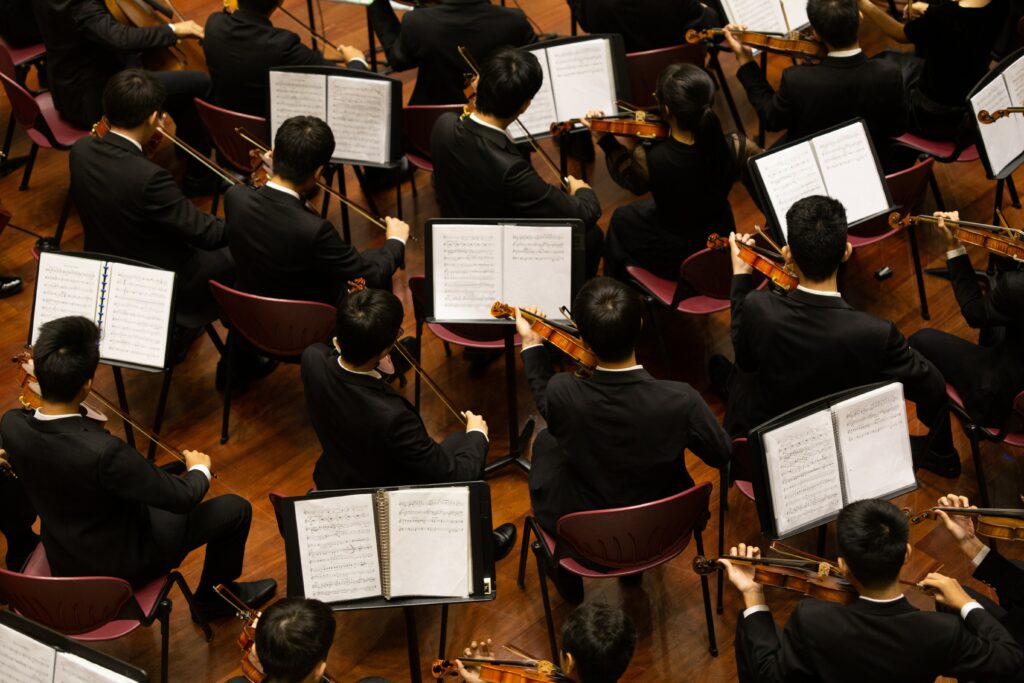This week we had our presentations on different technology tools to use in the classroom. One of the stand out presentations for me was on Semiconductor, an AI system used to conduct a virtual music orchestra. The group presenting this tool suggested it would be a great solution to involve students with disabilities in a music classroom. I thought this tool was genius and I definitely see it being used for that in the future. It is relatively user-friendly and allows the user to feel as if they are engaged in the music-making process. In my future classrooms, I can see this tool being used to get my Spanish class more involved in the cultural aspects of the language by using it to have them create Spanish music. I could have them come up with some of their own lyrics for their song to accompany the motions of conducting through AI. Furthermore, I can see this tool being used as a game. It could invite all students to participate in a fun activity without excluding non-able bodied people in the class. One potential drawback to Semiconductor, however, is that it is not completely synced with the movements. As Rhys pointed out in the presentation, music will sometimes continue to play without any arm movements at all. The potential successes, however, far outweigh the drawbacks and I think it’s only a matter of time before some of the kinks are ironed out.

Leave a Reply
You must be logged in to post a comment.